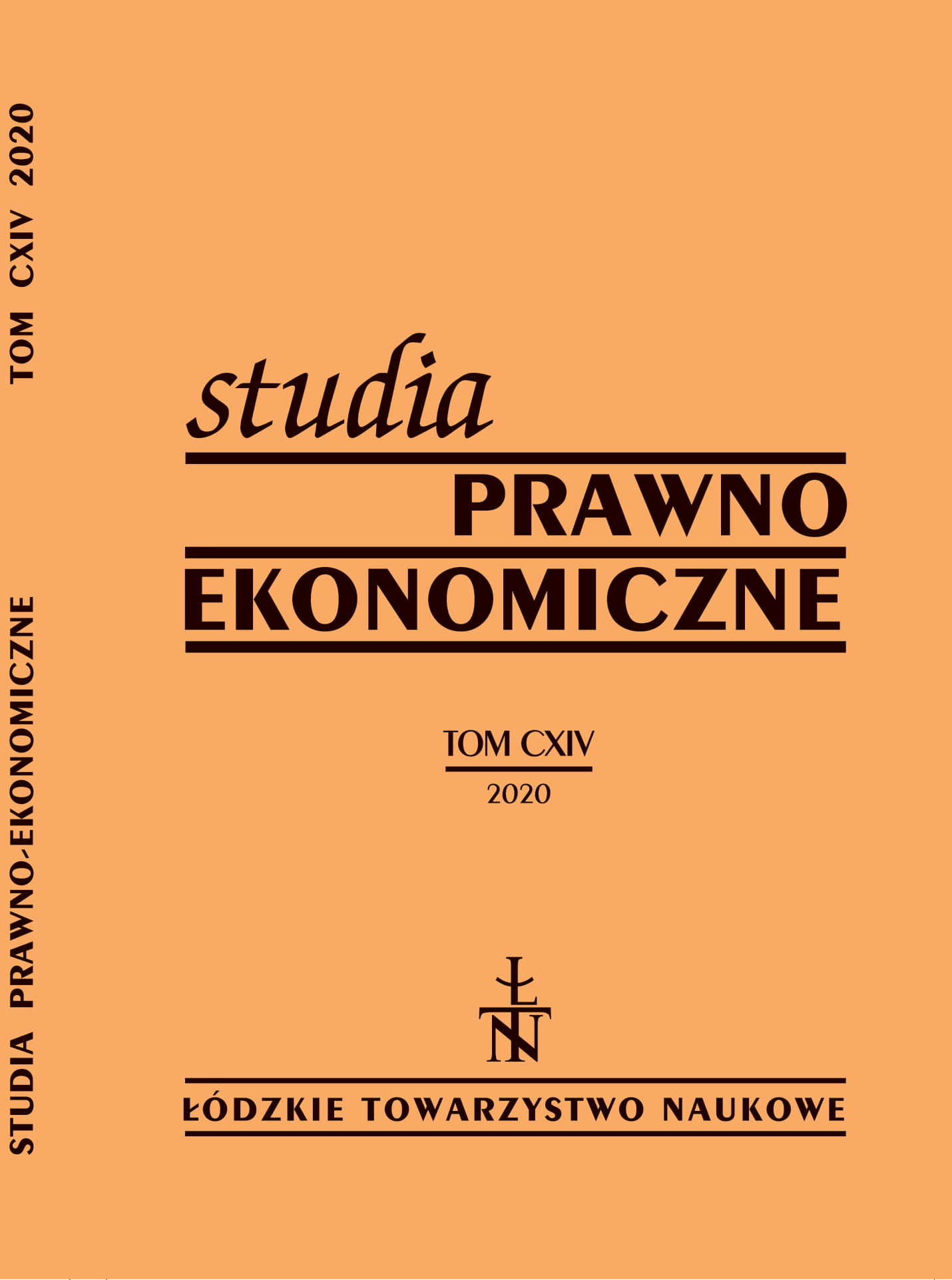Regulacje typu Ag-Gag w Stanach Zjednoczonych – kontekst społeczny, ewolucja i charakterystyka
Ag-Gag laws in United States – social context, evolution and characteristics
Author(s): Radosław T. SkowronSubject(s): Law, Constitution, Jurisprudence
Published by: Łódzkie Towarzystwo Naukowe
Summary/Abstract: Background: This article focuses on evolution, features and social context of the so-called Ag-Gag laws in United States. These regulations, unheard-of in Europe and potentially consid¬ered exotic in Poland, criminalize: recording video or taking pictures of agricultural facilities without the consent of the owner; entering an agricultural facility under false pretenses; mis¬representing oneself in job applications with the intent to commit an unauthorized act; as well as requiring individuals to turn over any video footage of animal abuse to the police or sanitary authorities within 24 hours. Research purpose: The research aims to analyze the Ag-Gag laws and to camine the impact of these laws on animal protection, food safety, environmental standards, and working conditions in agriculture, as well as on the scope and limits of public debate and freedom of speech shaping statements and representations concerning animal welfare and practices prevalent in the meat industry. Methods: The author applies the historical and comparative approaches to present the develop¬ment of those state and federal regulations that have labelled chosen activities of animal associa¬tions and movements as terrorism, as well as of the so-called food libel laws which demonstrably obstructed or eliminated real criticism of the meat industry within the public domain. Next the author applies the formal and dogmatic approach to delve into the features and characteristics of Ag-Gag regulations across different states during the latest three decades. Conclusions: In conclusion it is stated that the Ag-Gag laws have turned out be an effective tool for restraining the dynamically growing animal movement in United States, and an instrument for stonewalling public debate around standard of animal welfare at farms and slaughterhouses. At the same time, there is no evidence supporting the attainment of the purported and ostensible goal of the Ag-Gag laws, which was to improve food safety, environmental protection, and occupational safety in agriculture. The overriding and dominant result of the regulations in question has turned out to be an efficient chilling of the freedom of speech from its creation to its dissemination.
Journal: Studia Prawno-Ekonomiczne
- Issue Year: 2020
- Issue No: 114
- Page Range: 119-139
- Page Count: 21
- Language: Polish

